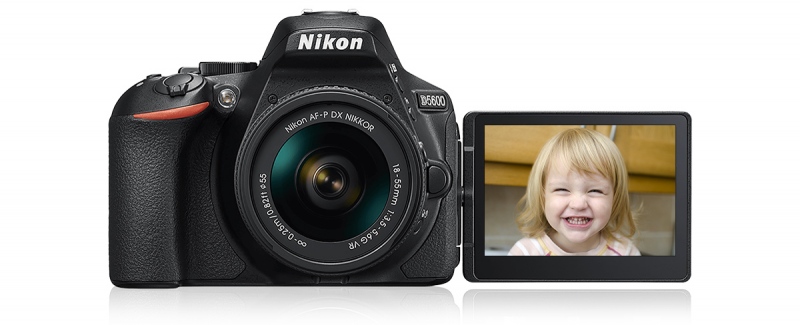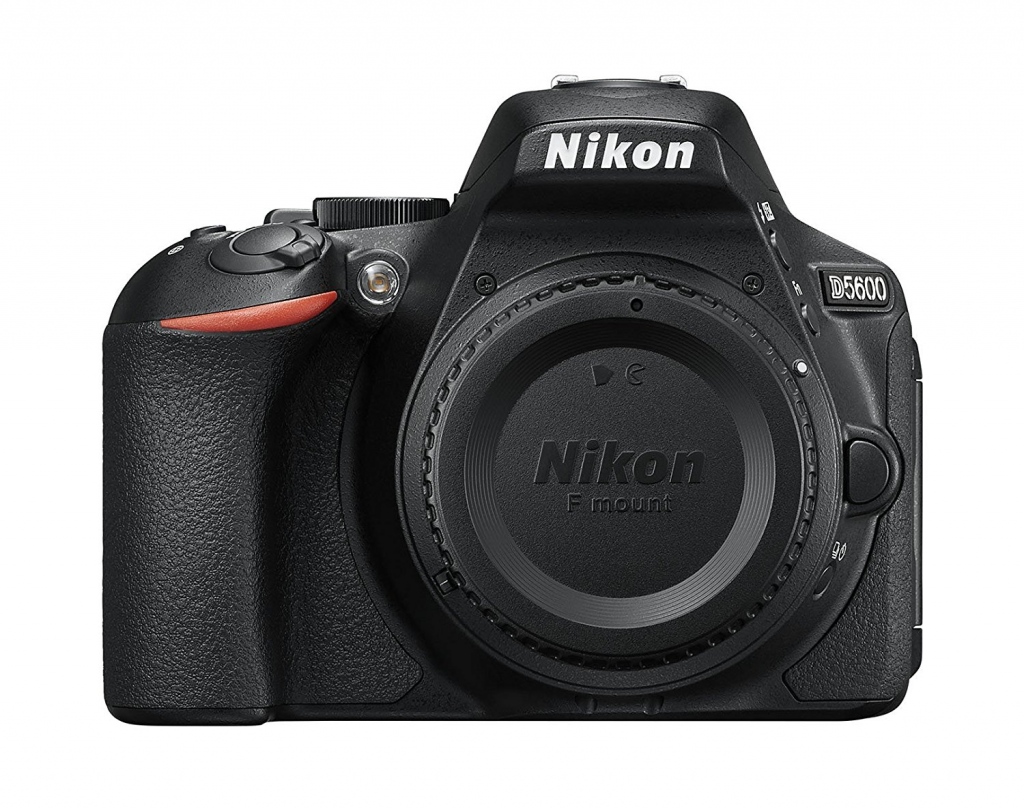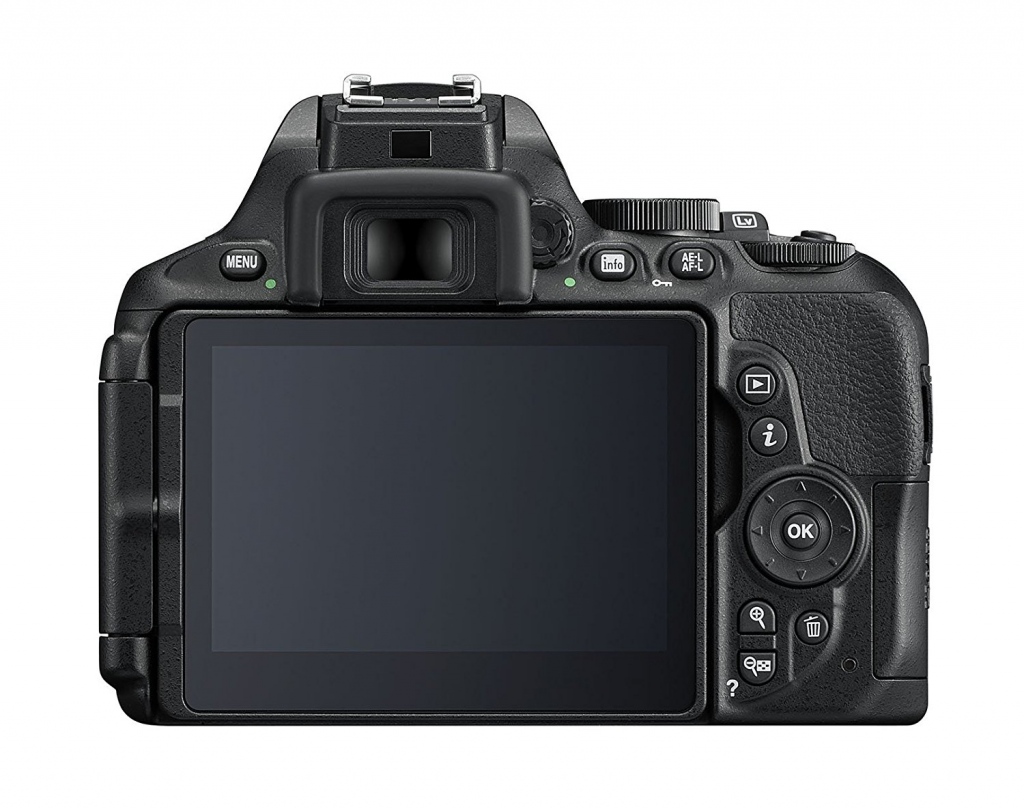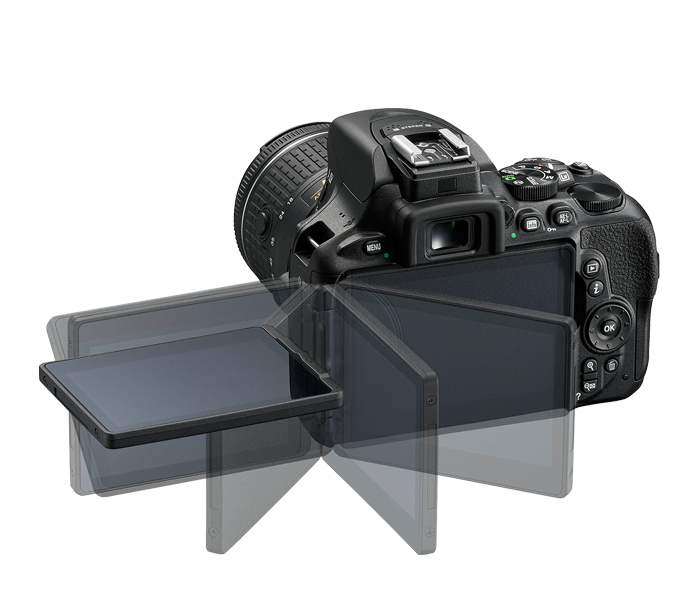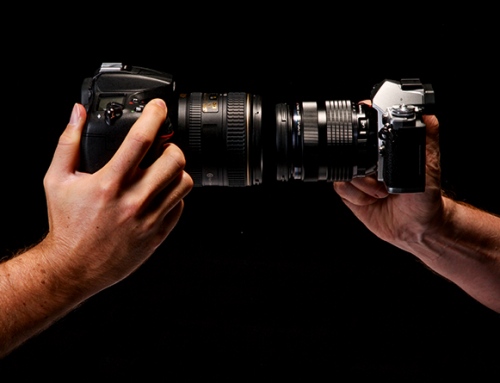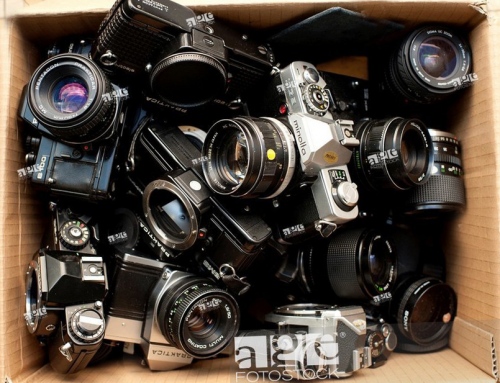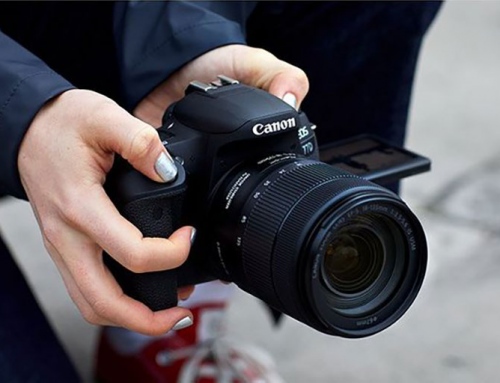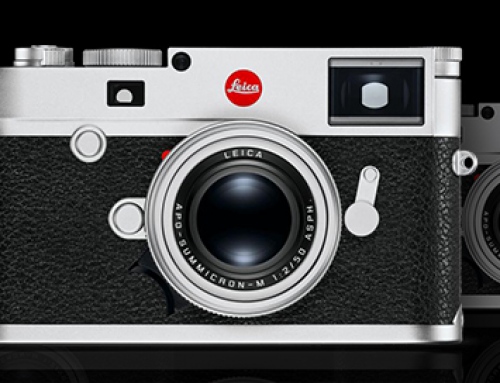Combining the simplicity of the D3000 series with many advanced features of the D7000 series, the 5000 cameras have been a big hit for Nikon. Coming just 18 months after the release of the excellent D5500, the Nikon D5600 doesn’t seem to be a big upgrade. Let us see if the new connectivity features and other minor changes add up to a camera worth buying.
Body design and Controls
The D5600 is a very compact DSLR, although it is still bigger than most mirrorless cameras. It weighs just 670 gm with the 18-55 mm kit lens and battery attached. The carbon fiber monocoque frame ensures strength and durability, however, there’s no weather sealing.
A small but important improvement in the body is the slightly deeper and more textured grip. It makes the smaller body more comfortable to hold, and you won’t have the feeling that the compact body is about to slip.
The identifying feature of the D3000 and D5000 series has been the smaller viewfinder and single dial control. Nothing has changed in the Nikon D5600 too. It has a 95% coverage pentamirror viewfinder with 0.82x magnification, which is quite small, but nothing new. If you have never used a 100% full-frame viewfinder, you will probably not notice any difference.
The eye sensor above the viewfinder is a nifty feature too, and turns off the screen when you bring the camera up to your eye. The problem is that sometimes it is too sensitive and just moving your hand over it may cause the LCD to get switched off.
Because the D5600 is a series aimed at the enthusiasts and photographers looking for a casual backup camera, the controls cover only the bare essentials.
At the top is the shooting mode dial with P, S, A, M modes along with other modes, and the command dial to change exposure values. Because there is only one dial, you will have to press another button while rotating the dial to change a value not assigned to the dial.
In Aperture priority mode, rotating the dial will change aperture, while in shutter priority the shutter speed gets changed.
Another important control at the top is the Live View lever. Flicking the Lv switch will start up the 3.2” LCD touchscreen at the back and give you a live view of the scene with the exposure settings.
On the rear of the camera, the button layout is standard and user-friendly. What is less standard is the large 3.2-inch LCD display, which has an impressive 1,036,800 dots (345,600 pixels) and offers tilt swivel articulation.
The touchscreen display can act as a “selfie screen” if you’re into that sort of thing. The large display works very well, and the touchscreen functionality works as advertised; it is particularly useful during live view shooting thanks to its nice touch AF feature. The only downside is that left-eyed shooters won’t be able to make full use of the touchpad AF.
Connectivity, Sensor and AF system
If you have been following Nikon lately, many of their new cameras have included Bluetooth Low Energy (BLE) capabilities. The addition of BLE in the Nikon D5600 is the biggest change in the camera from the D5500.
One advantage of BLE and SnapBridge is that you can set up your camera and smart device to automatically transfer images from the camera to your device. The transfer speeds are quite slow, but it is happening in the background so it is not a problem.
You also have the option of letting the full-size 24 megapixel images be transferred, rather than the small 2 MP ones. But because the connectivity is still unreliable, the success rate of transferring full-sized images is not very high. Hopefully, it will be something Nikon fixes through firmware.
Another connectivity feature is the built-in Wi-Fi, which allows you to control the camera remotely through your phone. As with most camera connectivity apps, the connection is sluggish and does not give you much control, except click the shutter and change focus.
Thankfully, the sensor and the AF system of the camera is nothing like the slow and shaky connectivity features. The Nikon D5600 has the amazing 24.2 APSC CMOS sensor without an optical low pass filter, which gives excellent results. The sensor is coupled with the Expeed 4 processor, which is just one model below the processor in the flagship D7500.
The shooting speed is an average 5 fps, with the buffer being small. Even shooting in JPEGs for more than 2-3 seconds will make the speed fall from 5 to about 2. Because this camera is not aimed at dedicated action photographers, normal users won’t care much about the slow speed.
There has been no change in the autofocus system too. The D5600 utilizes a Nikon Multi-CAM 4800 DX phase-detect autofocus system. The system is comprised of 39 total autofocus points, nine of which are cross-type, which is a healthy amount. Although the AF points don’t cover the whole frame, the coverage is sufficient for normal use and quite accurate. Paired with good AF-S lenses, or the new and very sharp AF-P kit lens that comes with the D5600, the camera focuses very quickly through the viewfinder even in dim light, although Live View focusing can be slow at times.
Image quality, Low light performance and Video
It’s not a surprise at all. With sensor and processor and AF module matching those in the D7000 series, the Nikon D5600 delivers great images. 24 MP is a lot to work with, and the lack of an AA filter only makes things better. With the battery being rated for more than 900 shots, you can keep on using the camera.
In low light, you can see that the Expeed 4 processor is doing tis jobs. Straight out of camera JPEGs are very clean up to 3200, and even 6400 is good for web use. In RAW, images with ISO 6400 have a lot of detail and can be easily processed for big printing.
Metering performance was acceptable with the 2,016-pixel 3D Color Matrix Metering II system. White balance metering tended toward the cooler side, but it was generally quite good and both exposure and white balance metering was consistent.
Like the Nikon D5500, the D5600 doesn’t offer a lot in the way of video features, although it does produce good-quality Full HD video. The D5600’s recording capabilities top out at 1920 x 1080 resolution at 60 frames per second, which is suitable for all general purposes. No 4K though.
Even though the video quality is very good and there’s no moire, the D5600 lacks features like headphone jack and slow motion videos and is just not a videographer’s camera.
Verdict
The D5600 is a very subtle revision of the D5500 but that sole added feature – always-connected smartphone transfer – has the potential to be a massive benefit to its target market. If you want the DSLR experience without breaking the bank and being overwhelmed by weight and dials, get the Nikon D5600 for its great image quality, compact size and easy handling at a price of around $700. If you think you don’t need SnapBridge, even the D5500 delivers the same performance.
